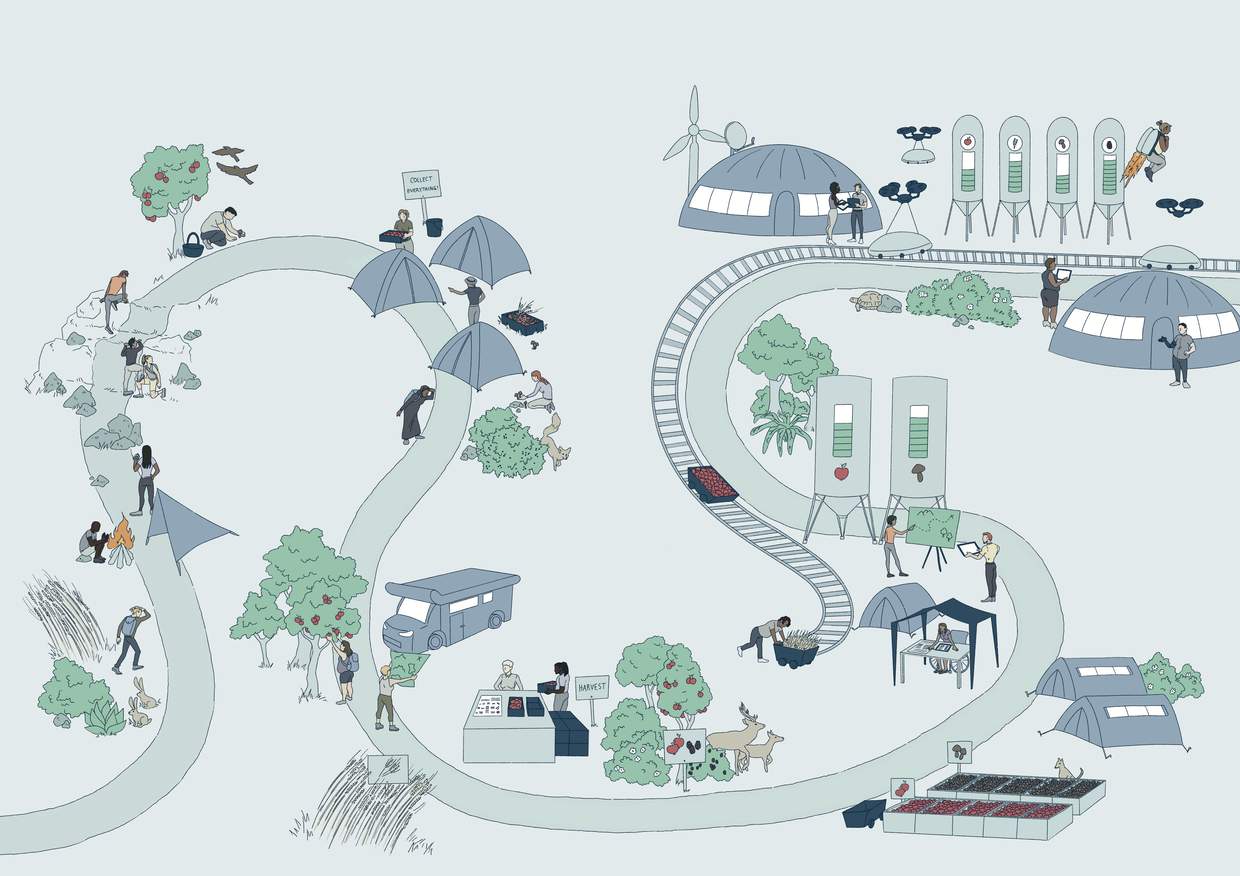
Find smart ways to use digital technologies for your organization.
All organizations, companies and institutions are affected by digitalization. The question is not whether you need a strategy for digital transformation, but which one.
Digital technologies have already changed the behavior and expectations of customers towards an organization tremendously. When we look for information about an organization, a product or a service, we use the Internet. We have become accustomed to not only finding general information or the latest news on a website, but also to the content being tailored to us. We get recommendations for services or products based on our profile, we can check the status of individual sites, track a desired product in real time, and we expect courteous customer service that can access relevant data about us and our concerns whenever we have questions or problems.
For nonprofit organizations in particular, this is changing the way they relate to their donors, beneficiaries, and members. Traditional face-to-face fundraising is increasingly competing with offerings in the digital space to reach more donors. The possibilities here are almost unlimited for everyone.
Much more than automated marketing
Connecting people, machines and processes involved in a value chain is the main goal of digital transformation. However, this does not mean that installing new software is enough. Digital transformation is a redefinition of the company/organization strategy.
Examples:
- Facebook is largest media company, but does not produce its own content.
- Uber is largest "mobility provider" but does not own vehicles.
- AirBnB is the largest housing provider, but does not own any real estate.

Technologies are transforming products, operating models, services, and donor relationships. Organizations that focus on their donors with digital technologies are closer to the people and thus have a major competitive advantage. With the focus on donor relationships, internal processes are also changing and becoming digitally optimized. These changes not only include IT solutions, but also and most importantly the collection, analysis and interpretation of data. By every member in all areas of the organization. Technology does not take on a supporting role, but is a strategic competence. The only limitation is the ability of people to find clever ways of using it.
Competition for the big players
Since these technologies are available to basically everyone at low cost, anyone can get in on the action. Startups that know how to take advantage of this can now compete with and even overtake their big rivals. An organization's readiness for digital transformation is crucial to whether it is fit for the future or forced out of the market by other organizations.
Consequently, digital transformation is not a project with a specific conclusion. It is about a holistic transformation of an organization to meet today's standards of flexibility and service. Because if there is one thing that can be said with certainty, it is that the impact of digitalization on companies and organizations will not become less, but more diverse.
